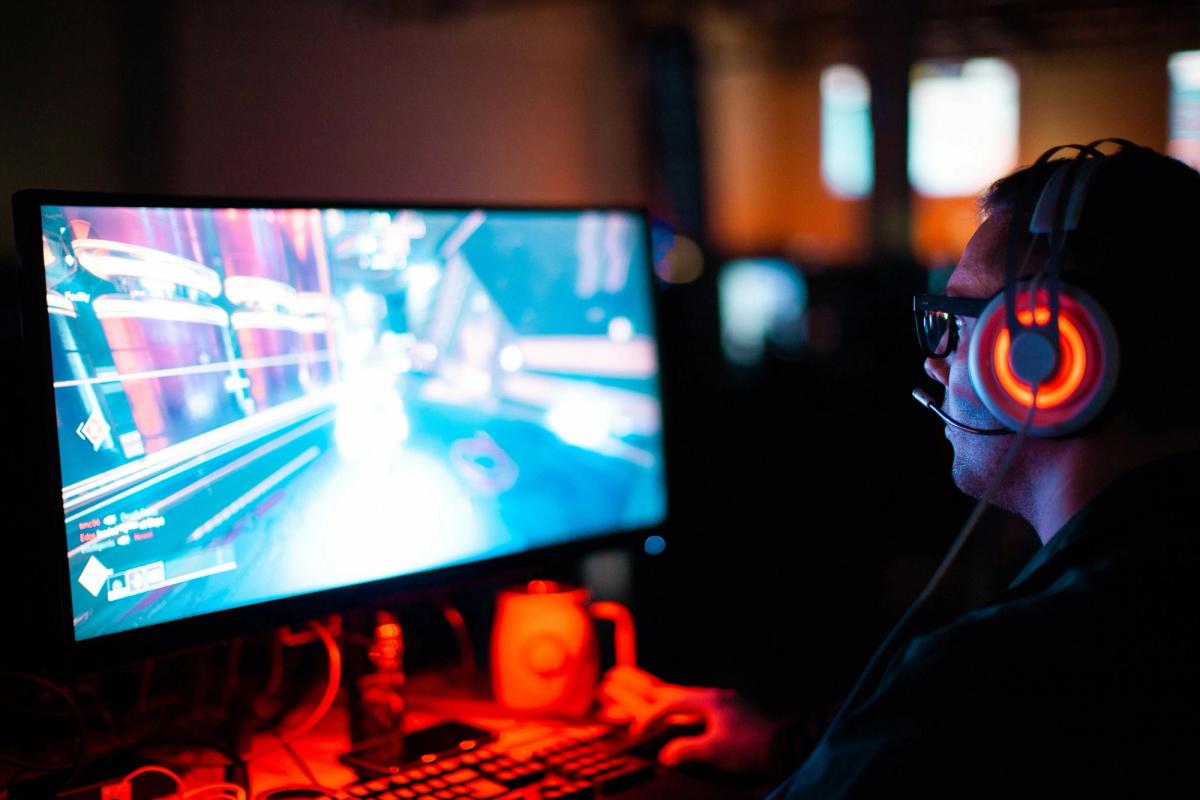What Is Monitor Refresh Rates
Refresh rate is the frequency at which your monitor updates with new information per second and is measured in hertz (Hz).

Updated April 28, 2024
Choosing the right monitor can transform your computing experience, whether you're gaming, creating, or simply browsing. One of the key features to consider when selecting a monitor is the refresh rate. This guide will explain what refresh rate is, why it matters, and how to choose the best one for your needs.
1. What is Refresh Rate?
Refresh rate is the frequency at which your monitor updates with new information per second and is measured in hertz (Hz). It's crucial to differentiate this from the framerate, which is the rate at which your graphics card sends frames to your monitor. The higher the refresh rate, the smoother the displayed motion.
2. Why is Refresh Rate Important?
A higher refresh rate provides a smoother, clearer image by reducing motion blur. This is especially important in fast-paced environments such as competitive gaming, where every millisecond counts. It also enhances the general crispness and responsiveness of the display, improving both gaming and general use.
3. Choosing the Best Refresh Rate
The optimal refresh rate depends on your specific needs:
- Standard Users: For everyday tasks and non-gaming activities, 60Hz is typically sufficient.
- Regular Gamers: 120Hz or 144Hz monitors strike a good balance between cost and performance, offering a noticeably smoother experience than 60Hz displays.
- Competitive Gamers: For those engaged in fast-paced, competitive gaming, monitors with refresh rates of 200Hz or higher are ideal to match the rapid movements and quick reflexes required.
4. Considerations When Selecting a Monitor
When choosing a monitor, consider the capabilities of your graphics card and what games you intend to play. Also, think about the monitor’s response rate and resolution, as these can affect the overall performance:
- Response Time: A lower response time reduces input lag, which is crucial for fast-paced games.
- Resolution: Higher resolutions look sharper but can reduce the framerate. Ensure your graphics card can handle high resolutions at the desired refresh rates.
Final Thoughts
When selecting a monitor, it's not just about the size or brand; the refresh rate, along with response time and resolution, plays a significant role in how enjoyable your experience will be. By understanding and choosing the right refresh rate for your needs, you can greatly enhance the smoothness and responsiveness of your display, leading to a more enjoyable and effective use of your computer, whether for gaming, work, or leisure.